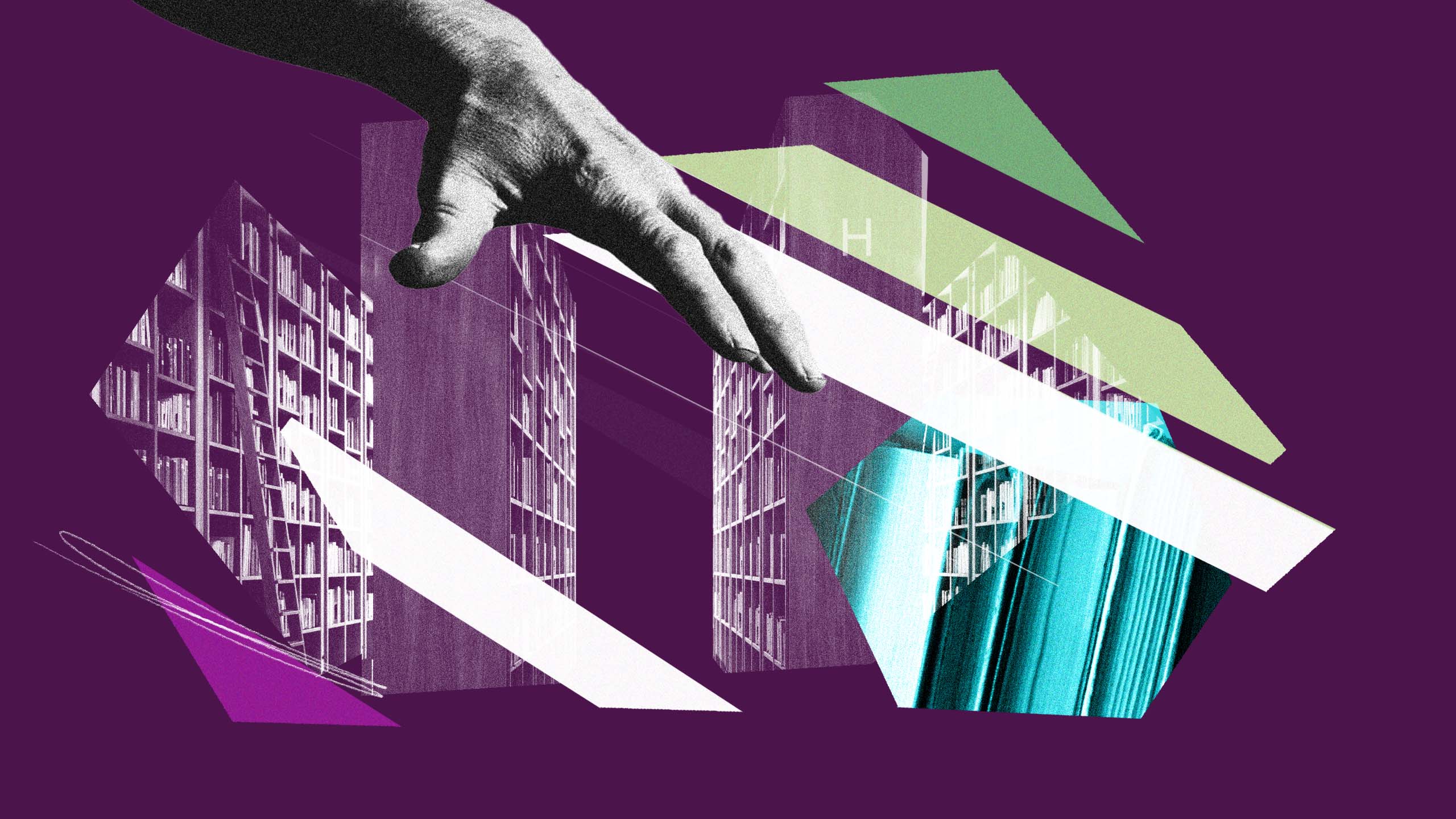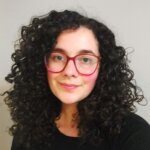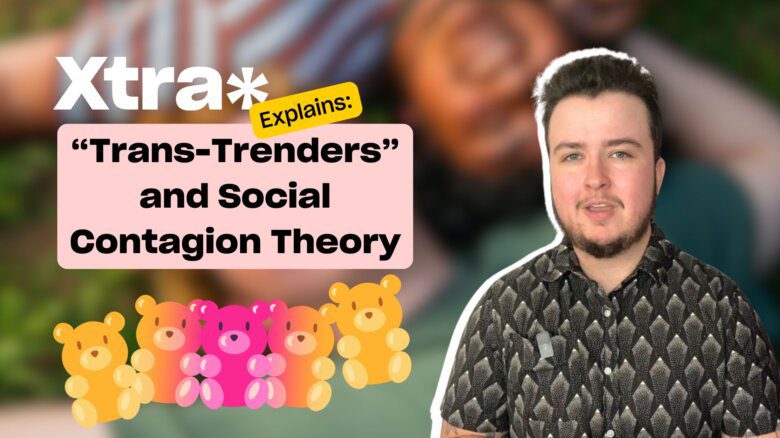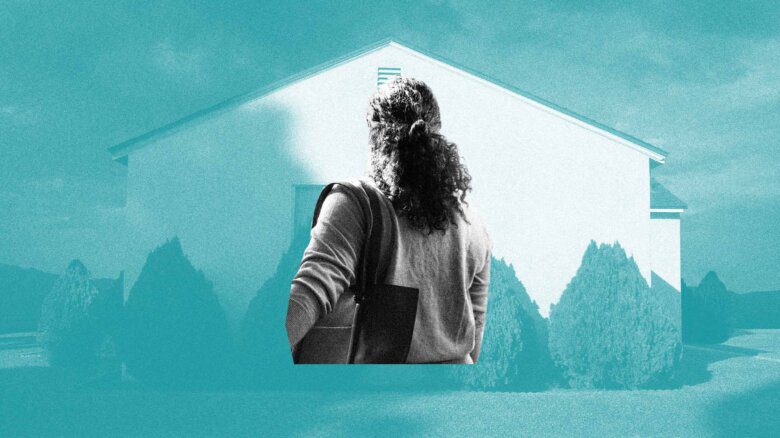Associate Professor Liza Blake, and PhD student Jenna McKellips from the University of Toronto have launched the Asexuality and Aromanticism Bibliography, a database that categorizes academic and community writing on asexual and aromantic theory.
In September 2022, Blake and McKellips co-founded the database, a resource designed to help researchers find relevant information on asexuality and aromanticism studies. Papers, dissertations and community posts are available to those interested in the study of these two critical queer theories, whether for academic purposes or for those who are simply looking to better understand asexuality and aromanticism.
Blake has both personal and professional research interest in asexuality. As she began her research, she was trying to get a sense of what was already available, and the different disciplines that discuss asexuality.
“I found it difficult to locate relevant literature,” Blake tells Xtra. “I was trying to get a sense of all the different disciplines that talk about asexuality and it was hard for me to find relevant writing on a lot of subjects.”
According to the bibliography, “Asexuality is a lack of sexual attraction, or experiencing sexual attraction under limited circumstances, and aromanticism is a lack of romantic attraction or experiencing romantic attraction under limited circumstances.”
With the help of Philomena Lancione, an undergraduate English student enrolled at the University of Toronto, Blake and McKellips have curated more than 500 academic and community sources.
A Google form is also available for visitors who want to submit their own entries to the bibliography.
Back in the fall of 2020, Blake first approached McKellips while she was working on her dissertation on asexuality, virginity and medieval drama. Since McKellips was reading academic sources for her paper, Blake offered to pay her to summarize and tag the sources so they could eventually be turned into a larger resource.
Visitors now have access to hundreds of sources on everything from demisexuality, a sexual orientation that describes someone who feels sexual attraction to someone only after they’ve developed an emotional bond, to theories of singleness and amatonormativity, the assumption that all human beings pursue love or romance.
Blake began working on an early version of the bibliography in 2019, after meeting a group of panelists at the Renaissance Society of America conference in Toronto. Together, they created an early version of the bibliography, which they presented at the Arizona Center for Medieval and Renaissance Studies in February 2020.
“It was a list of everything we could find that was relevant to thinking about asexuality and early and premodern literature together,” Blake says. “And then so many people told us that they were using it that we started thinking, ‘what might it look like to do a more robust version?’”
Later, Blake joined an asexuality Discord where she and a group of community members began discussing the possibility of creating a comprehensive bibliography of asexual and aromantic resources. So, the group of self-described nerds formed themselves into a subcommittee of sociologists, humanities scholars and community member Sennkestra, who is responsible for the Asexual Research Zotero, a similar repository of asexuality-related research, as well as the asexuality blog Next Step: Cake.
While the project didn’t initially go anywhere, it found new life when Blake began working with McKellips, who started summarizing all the sources used in her dissertation, thinking of tags and building a collection of literature. From there, the bibliography expanded to include other academic sources and include community and social media posts.
At that point, the Critical Digital Humanities Initiative (CDHI), a research initiative that puts a digital humanities focus on questions of power, social justice and critical theory, put out a call to fund a graduate student’s summer project. They applied for the grant in the spring of 2022 and the CDHI agreed to fund the project.
In addition to co-founding the bibliography, Blake also teaches Early Modern Asexualities class for undergrad students at the University of Toronto. Students read 16th- and 17th-century texts and pair them with contemporary works in asexuality studies.
Blake explains that there are many explanations of characters refusing to be in a couple. Because these stories typically refer to a heterosexual couple, there is a large body of literature reading them as coded gay or closeted.
“Shakespeare has a poem called ‘Venus and Adonis,’ where he is being chased by the goddess of love,” she says. “He’s saying, ‘I don’t want to have sex with you’ and there’s a whole body of literature suggesting that Adonis is probably gay. I don’t want to take that away from the gay community, but maybe he’s ace.”
She explains that using the archive can change the way people view these texts. Instead of assuming a character is not heterosexual, the bibliography gives readers the tools to question if they are on the asexual or aromantic spectrums.
The website is broken into two main sections. The first is the reading and teaching collections that act as a starting point for researchers and instructors interested in critical asexual or aromantic studies.
The second section is, in Blake’s words, the “heart of the bibliography,” where visitors can filter through only academic writing such as books and dissertations, or sort through blog posts, YouTube videos and podcasts. Every source is tagged with various topics, making it easier to navigate and to find relevant sources.
The bibliography doesn’t end with academic literature.“If you care about asexuality, you can find a lot of academic sources. If you care about demisexuality, or topics that aren’t purely asexuality, there’s much better writing about that from our community,” Blake says. “Being able to connect people to that as well was really important for us.”
What makes this archive unique is the importance placed on community sources such as social media posts. She further explains that there is a lot of academic work on asexuality and aromanticism, but some of the best articulations haven’t happened in academic spaces.
“I learned way more by reading Sennkestra’s blog than I did by reading a lot of academic stuff out there,” says Blake.


 Why you can trust Xtra
Why you can trust Xtra


